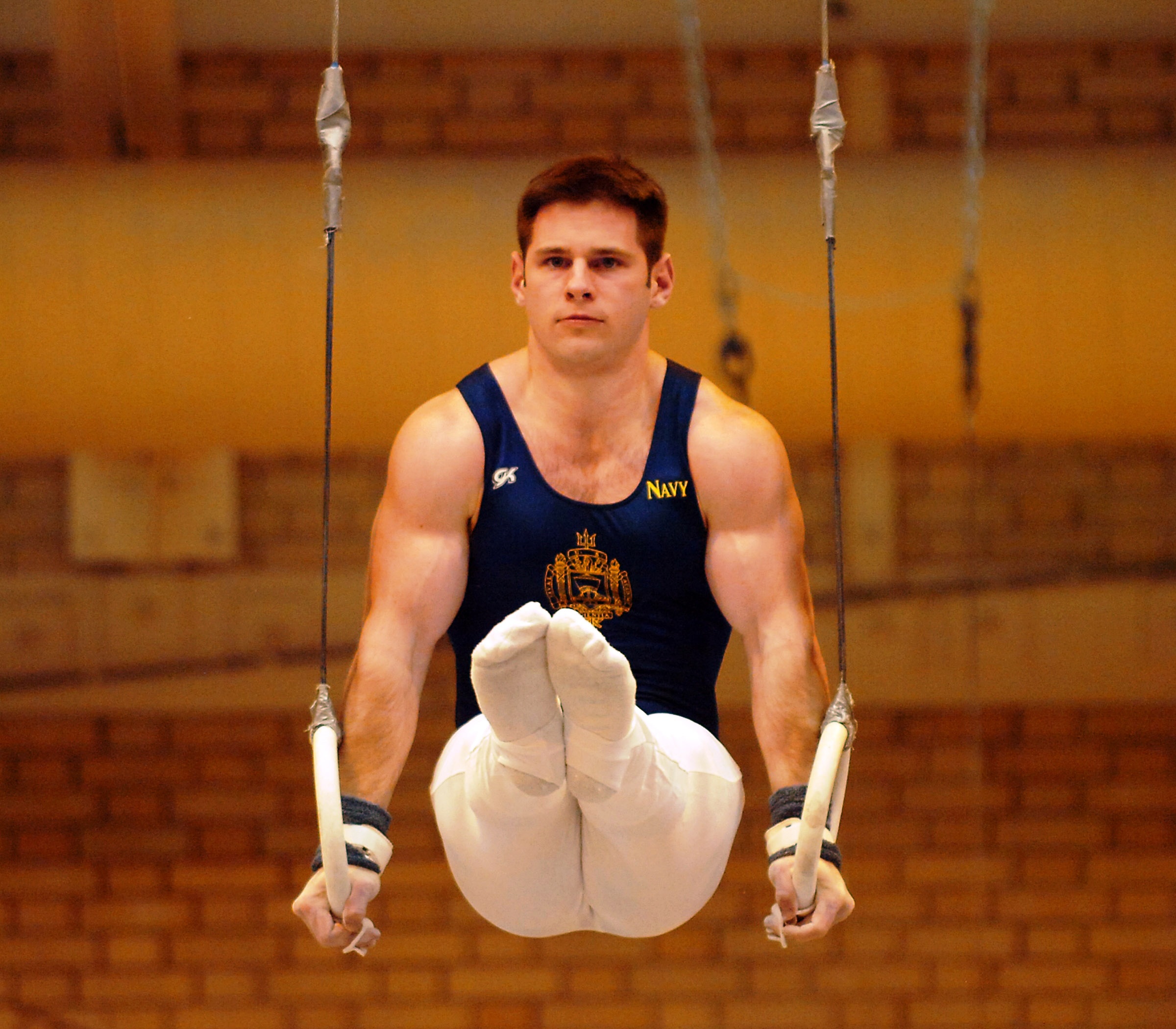
Calisthenics vs Weight Training Debate
Every so often the fitness community goes back and forth between the effectiveness of different types of resistance training. Arguments waver whether body weight movements are better to perform or if weights can deliver long lasting results.
Both types of training have been used forever by professional athletes, amateurs, and fitness enthusiasts alike, which makes the preference for training based on each individual.
For those that are adverse to moving heavy weights (especially without a training partner), suffer from sensitive joints or prior injuries, or lack access to a gym with equipment, calisthenics is usually best suited for these individuals. Calisthenics uses body weight exercises for training with little to no equipment.
These body weight exercises often have practical use in everyday activities, which is better known as functional training. In comparison to weight training, these movements work on strengthening muscles that we use to stabilize and balance while maneuvering.
Functionality is a huge benefit for calisthenics training, while weight training is opted as the one of the best ways to build strength progressively. When trying to achieve progressive overload, it’s typical to add weight slowly with plates or dumbbells over time (see How to Use Progress Overload Effectively).
Of course progressive overload can be achieved in many other ways, which aren’t exclusive to weight training and can use other variables. One of these is time under tension that’s used within both weight training and calisthenics.
For individuals that don’t have access to equipment or are exercising while traveling, this can be a method to stimulate intensity to progress their exercises.
How Time Under Tension Can Replicate Weight Training
To see how calisthenics can emulate the intensity of weight training, we should observe the muscle groups targeted by these exercises. Calisthenics uses compound movements that involve multiple muscles working together to leverage your body weight from one position to another.
When we pull, push, or support our body weight with a holding movement, this causes the recruitment of additional muscle fibers. In contrast, isometric or single muscle movements concentrate tension one muscle group, which limits the weight load that can be executed for that exercise.
According to research, there’s a greater muscle activation when contracting muscle at longer muscle lengths in comparison to shorter lengths. This greater activation means greater likelihood for muscle growth when limbs are extended for durations of time, which explains the sizable arm growth seen with gymnasts.
Body weight training can get you better prepared for lifting heavier weights at the gym because performing compound movements with time under tension requires more stabilization.
There’s also breath work control that necessary for time under tension to be utilized properly. Time under tension increases hypoxia, which causes the recruitment of more muscle fibers.
Calisthenics movements always have a pause in the movement, which is how you can replicate the time under tension with weights. When the time under tension is manipulated, this changes the relationship between concentric and eccentric motions of the exercise.
Time under tension for calisthenics is measured by four metrics: the positive or concentric movement, holding time at the greatest tension, the negative or eccentric movement, and the holding time after the negative movement. When executed, this will determine the speed of an exercise.
As an example, a push-up with time under tension could be 1/0/2/2 (1 second concentric, 2 second eccentric, and a 2 second pause).
Altering the speed you perform your concentric and eccentric motions is how you add intensity to the movement, thereby creating a pathway of progressive overload on the muscle.
In terms of stimulating optimal size and strength, explosive concentric motions are the best. This would be followed by a pause when lowering body weight for a maximum of 2-3 seconds before exploding back to starting position.
The eccentric phase is where the most muscle breakdown occurs, which is why these should be performed under a slower tempo. Constantly experimenting with different tempo speeds and altering pause times will challenge even the most advanced bodybuilders and calisthenic athletes out there.
The Wrap Up
Time under tension not only replicates the intensity of weight training, but can also increase your functional strength outside of the gym. Breath and stabilization is improved when training with body weight exercises, which can be a positively influence on performance lifting weights. Altering the tempo that calisthenic exercises can also emulates the effect of progressive overload obtained from weight lifting.


Leave a Reply
You must be logged in to post a comment.